Let's dye!-vol.2-
As a bonus page to the "Let's dye!-vol.1-" that I introduced "vegetable dyeing," I tried dyeing other foods using the same method.
Dyeing with coffee grounds - Extra☆No.1-
I would like to try dyeing using coffee grounds as a dye.
In my house, my parents drink coffee every morning, so I used about four days' worth of coffee grounds that I dried and stored instead of throwing away.
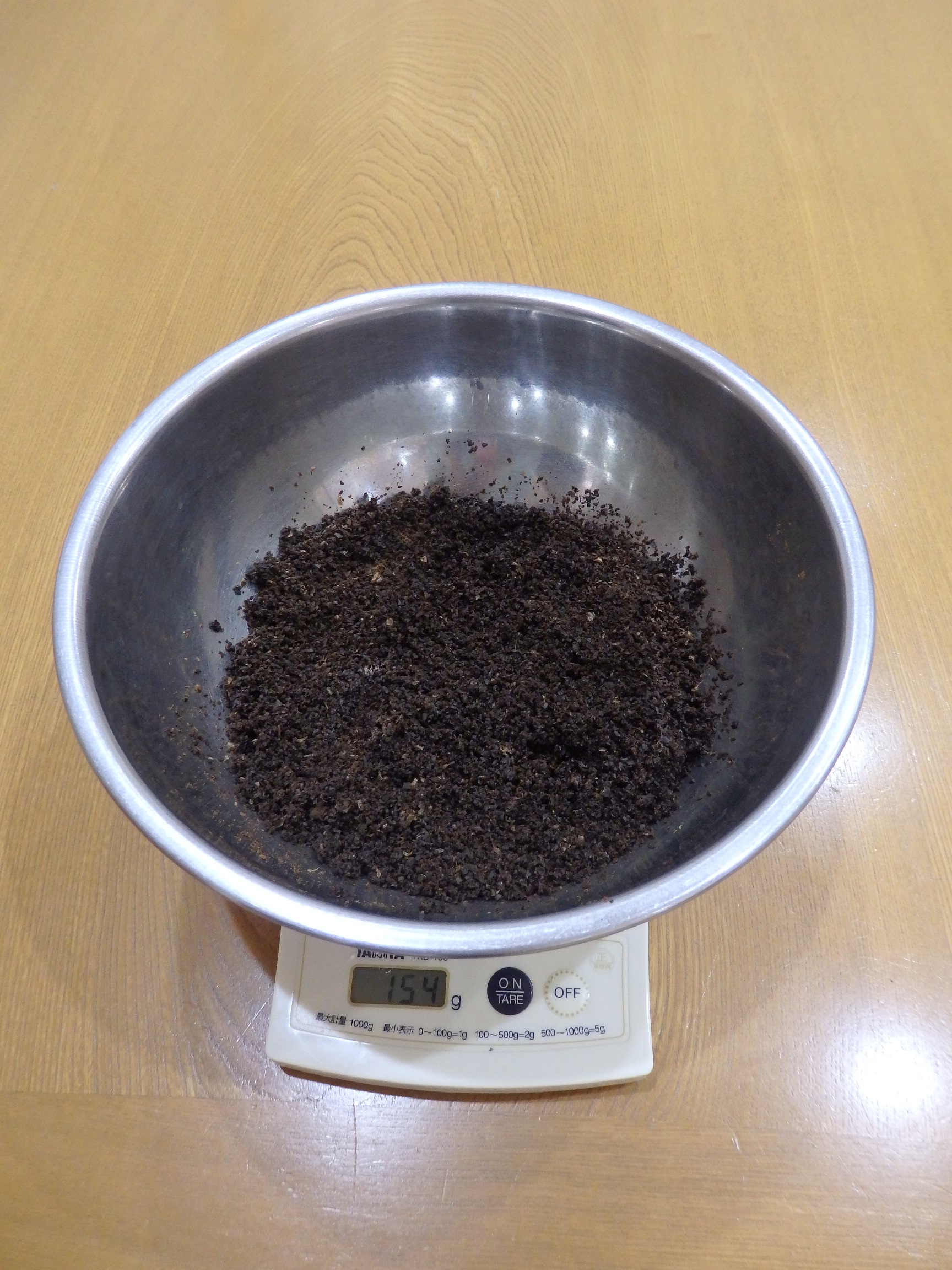
The dyed items are the same as on the previous page
. It is a cotton cloth (25cm x 25cm).
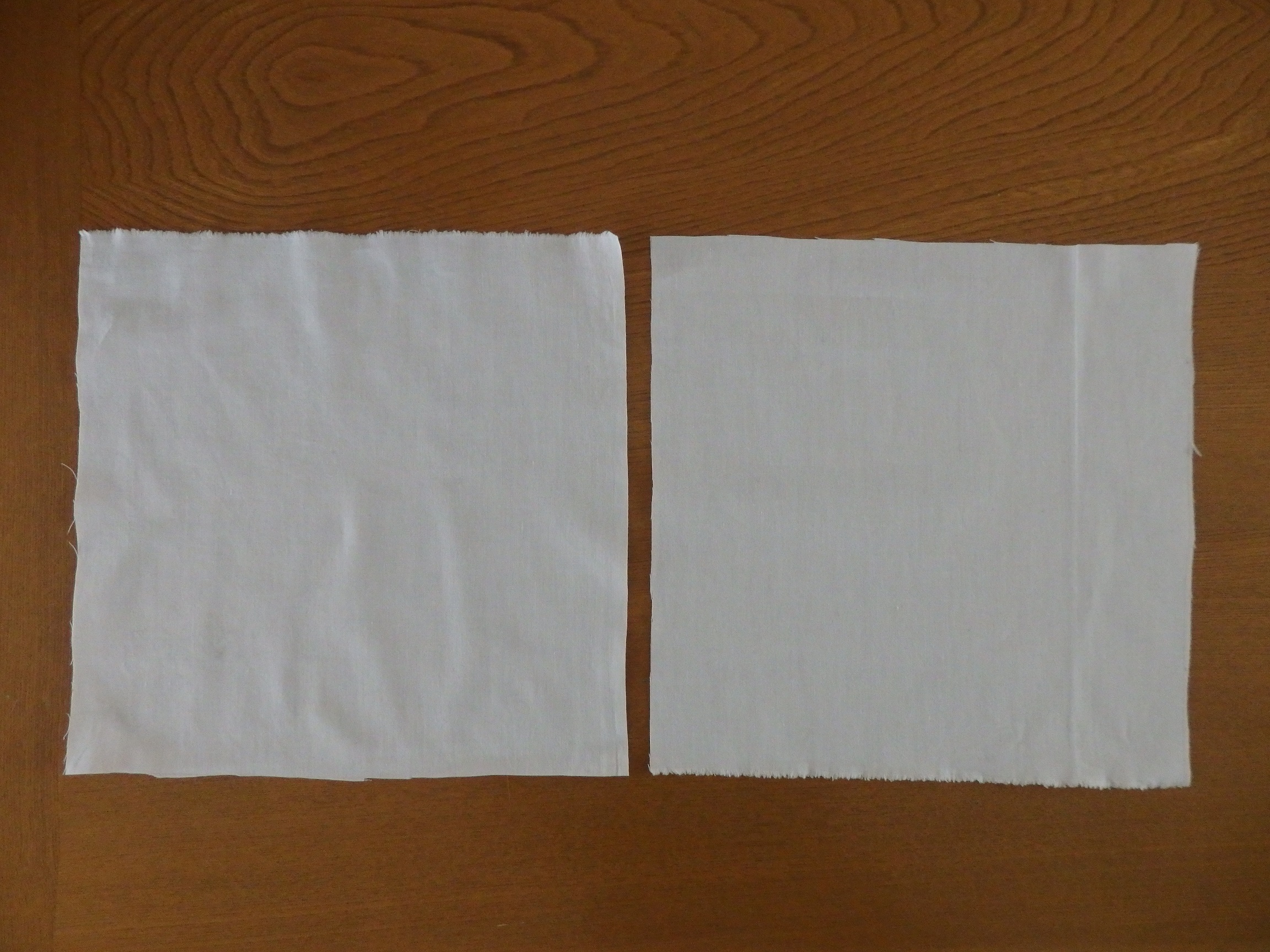

A dye extracted from coffee grounds.
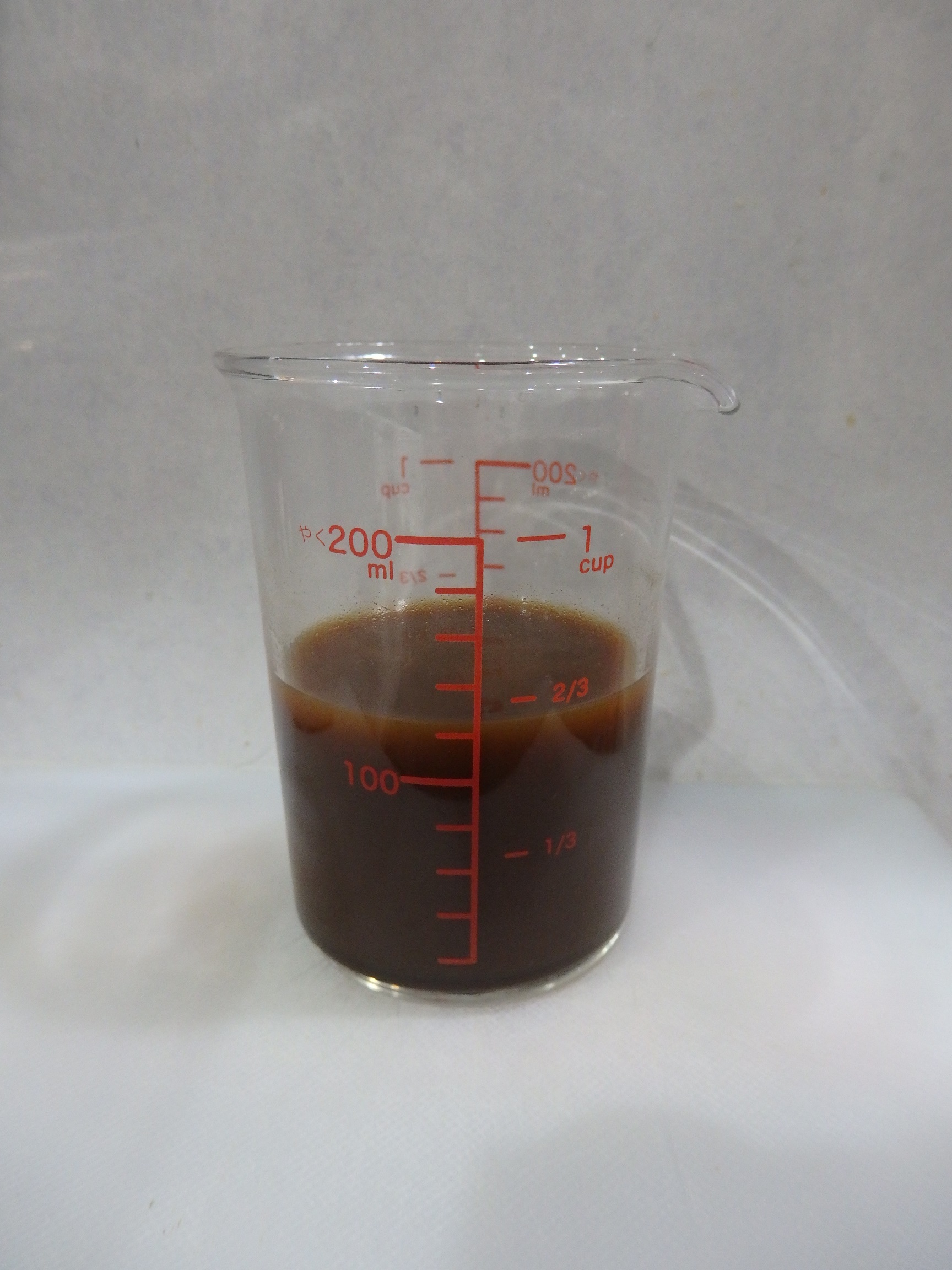
I will dye it.
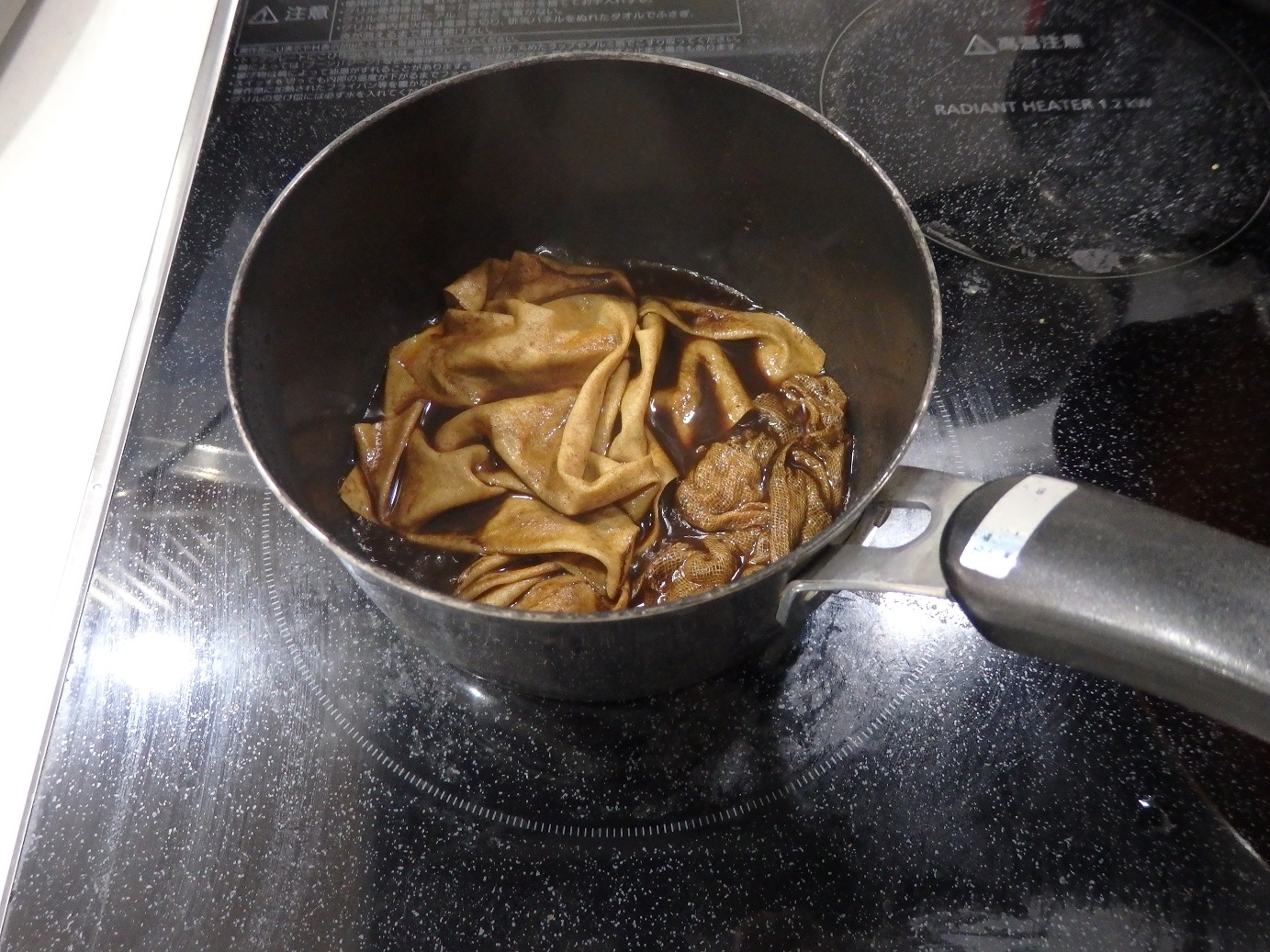
Complete
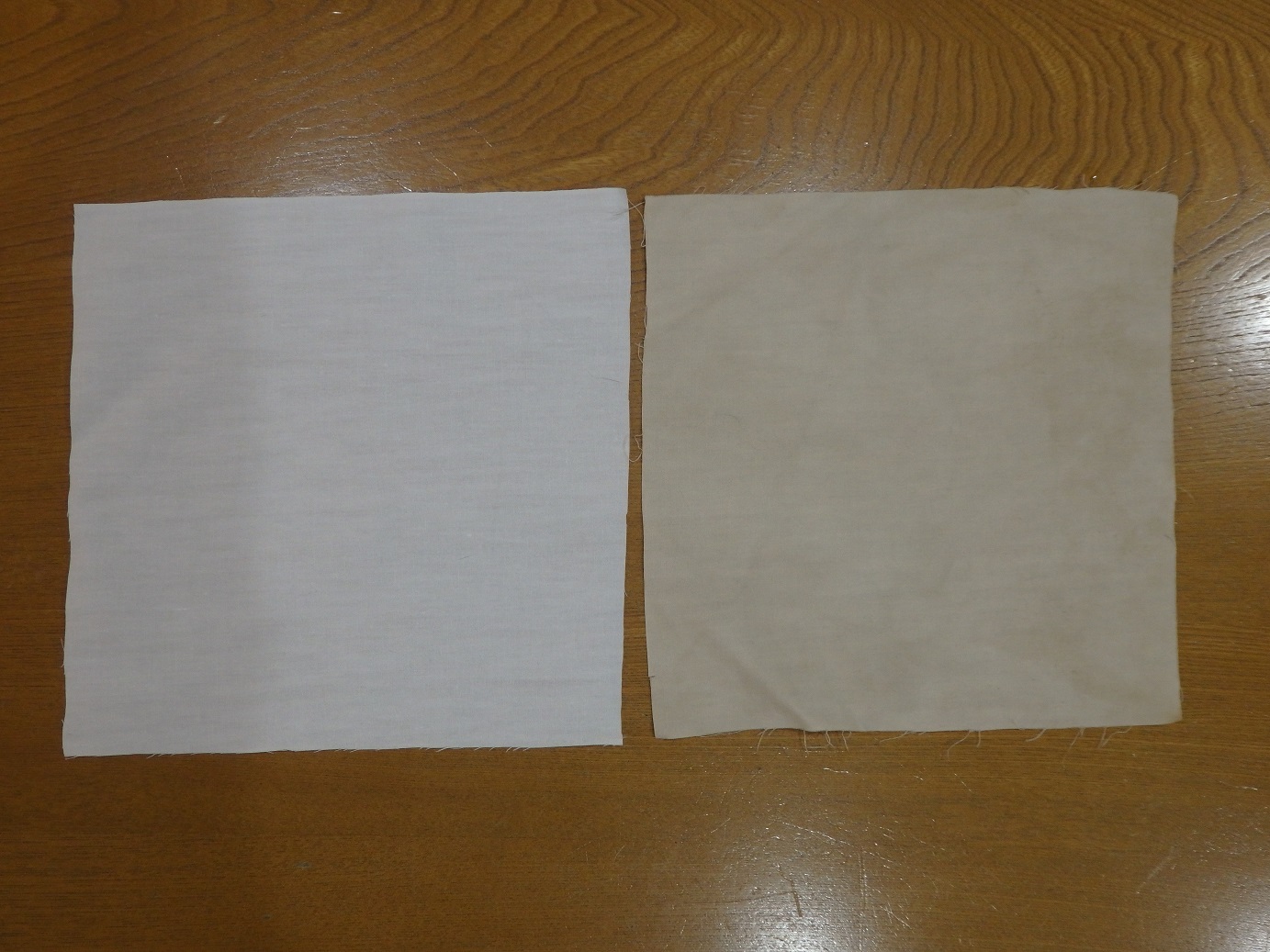
I was able to dye it a color like very pale yellow (traditional Japanese color: light yellow).
Dyeing with Eggplant Peel - Extra☆No.2-
I would like to try dyeing using eggplant skin as the dye.
The eggplants were made into fried egg plant with Chinese chili sauce and miso soup, which were delicious.

The dyed items are the same as on the previous page
. It is a cotton cloth (25cm x 25cm).


This dye is extracted from eggplant peel.

I will dye it.
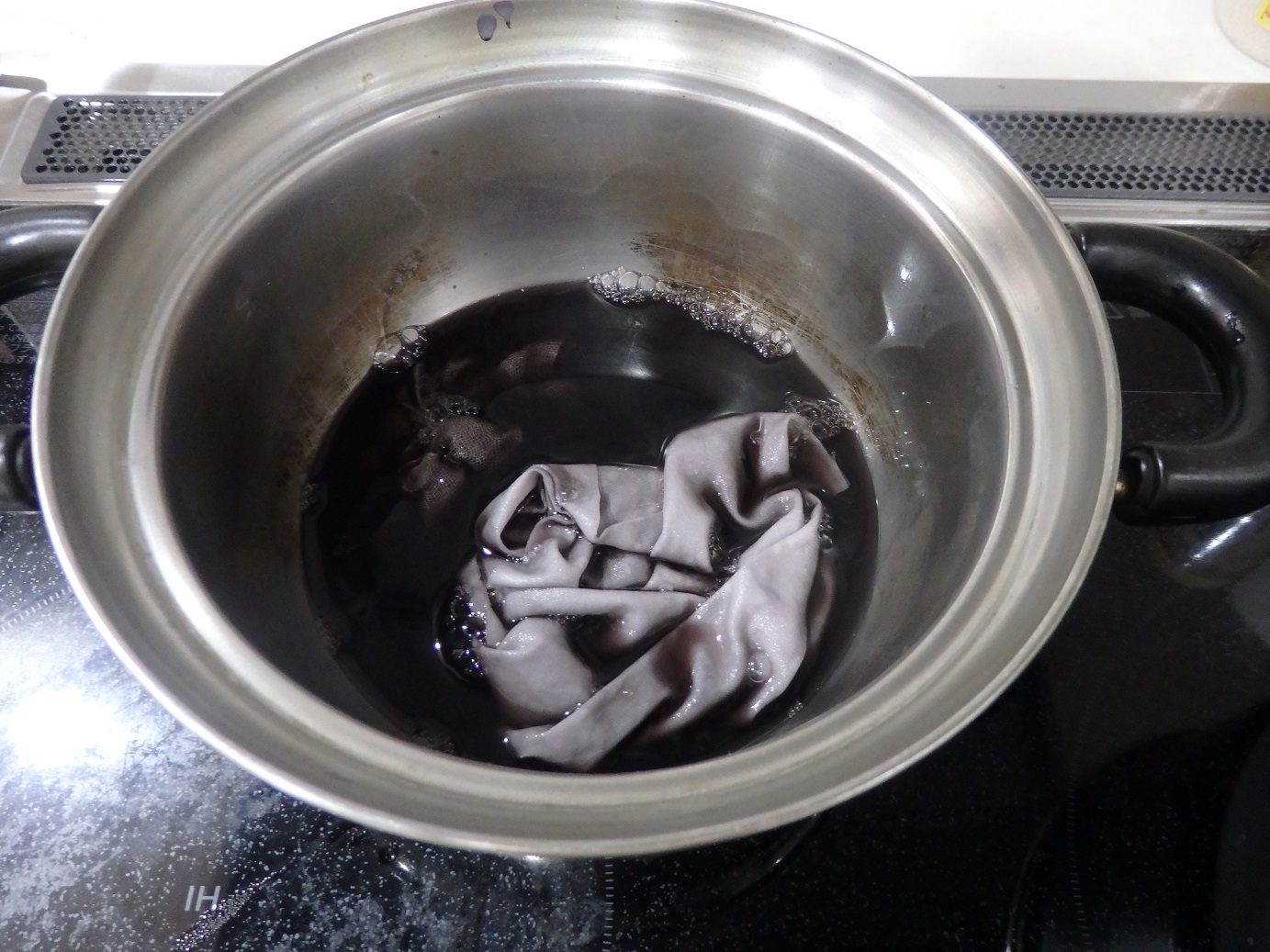
Complete

I was able to dye it a color like Light gray with blue undertones (traditional Japanese color: light blue).
Impressions

|
Dyestuffs extracted from coffee grounds and eggplant peels are harder to dye than onions and only dye lightly, resulting in a subdued color.
If you want to dye with a darker color, you may need to dye multiple times. The color and ease of dyeing differed depending on the food, and I found it interesting that I could challenge with a variety of foods |
References
All the photos of the experiment of dyeing plants and trees were taken by the members at their homes.


